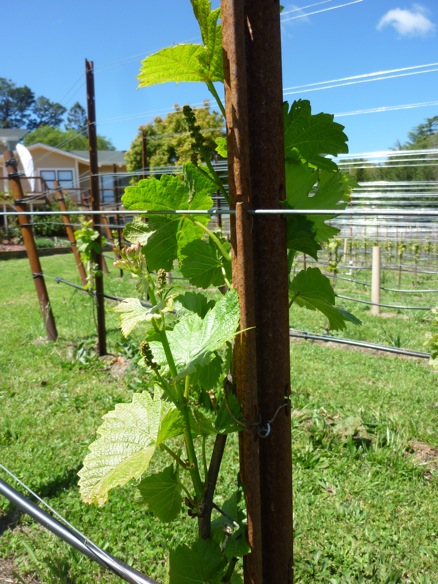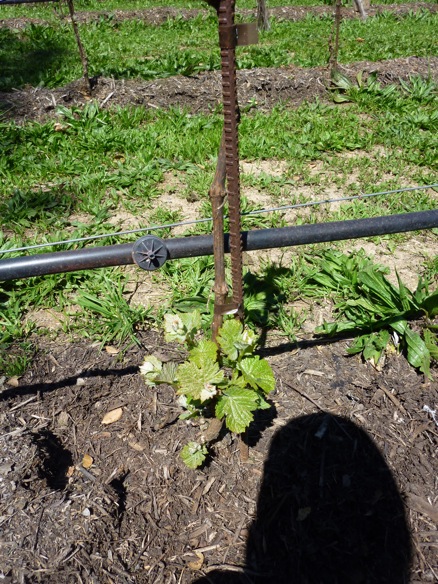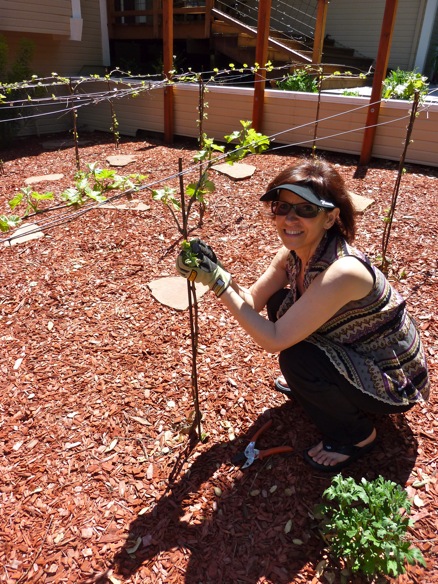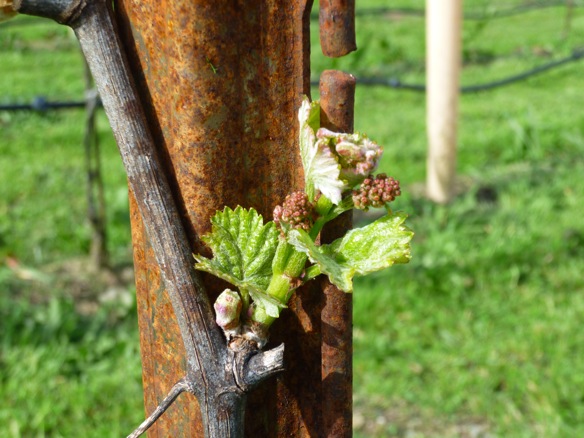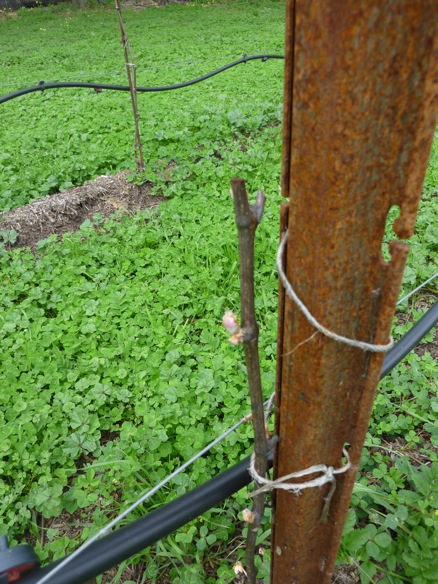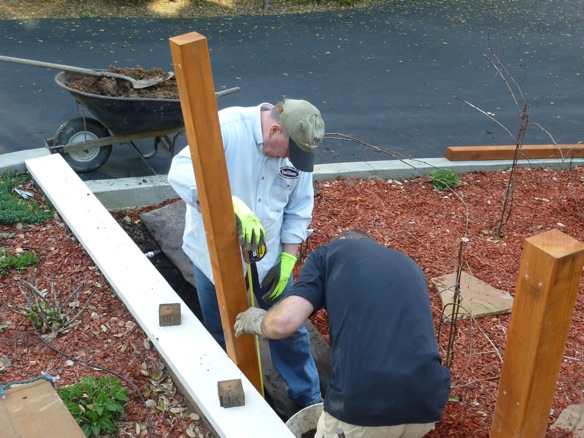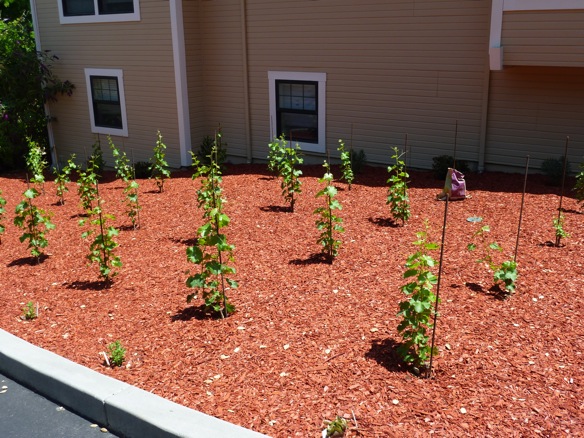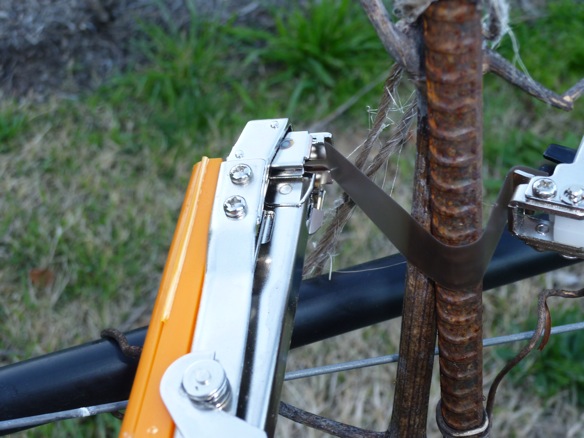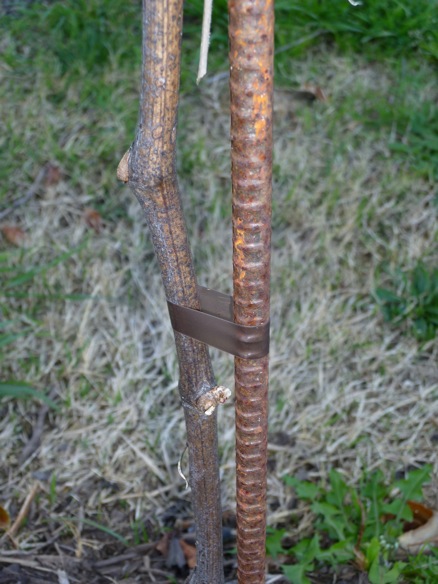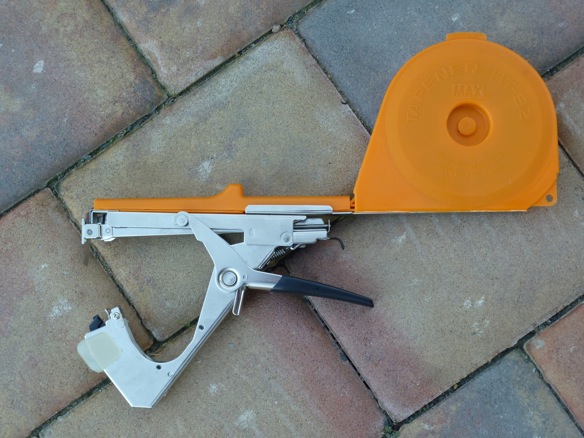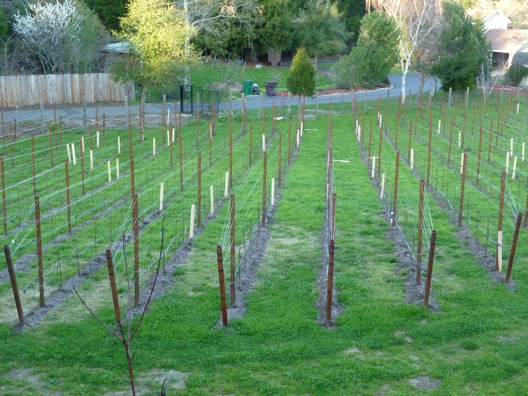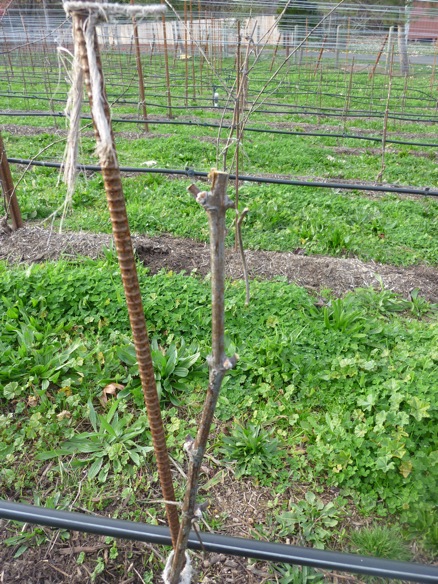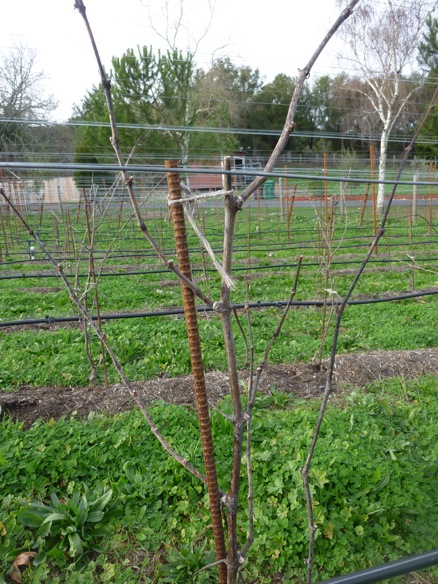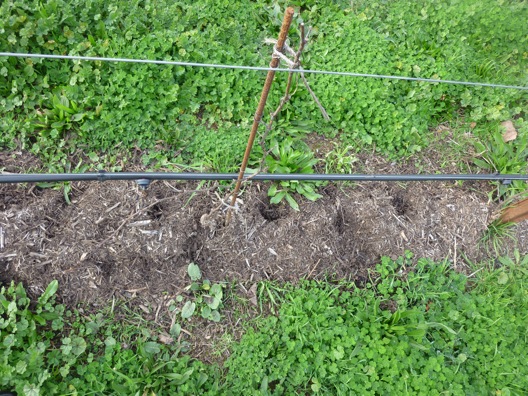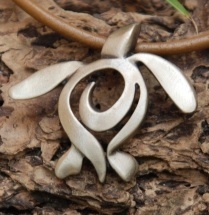
This is not vineyard related…..but since we love Sea Turtles…..this is great news. I’m reprinting the article below.
The U.S. took a huge step toward protecting endangered Pacific leatherback sea turtles last week by finalizing a critical habitat designation for 40,000 square miles ocean off the shores Washington, Oregon and California.
The designation protects areas where leatherbacks feed on jellyfish after swimming 6,000 miles across the ocean from nests in Indonesia. Leatherbacks are the most migratory and wide ranging of sea turtle species. They are also the largest of all sea turtles, growing up to nine feet long and weighing up to 2,000 pounds.
The critical habitat designation is the first permanent safe haven for leatherbacks designated in continental U.S. waters and the largest area set aside to protect sea turtle habitat in the United States or its territories.
Pacific leatherback populations have declined by as much as 80 percent just in the past few decades. Threats include direct harvesting of turtles and eggs and incidental capture in fishing gear. As few as 2,300 adult female western Pacific leatherbacks remain.
Harvest of eggs and adults occurs on nesting beaches while juveniles and adults are harvested on feeding grounds. Incidental capture primarily occurs in gillnets, but also in trawls, traps and pots, longlines, and dredges. Together these threats are serious ongoing sources of mortality.
“Habitat protections are vital to the survival of leatherbacks. We urgently need migration safeguards for these ancient animals as they make the longest, most epic journey of any creature on the planet to get to our West Coast every year,” said Catherine Kilduff, with the Center for Biological Diversity.
The Center for Biological Diversity was one of three groups that petitioned for increased protection, along with Oceana and the Turtle Island Restoration Network.
According to Kilduff, the 40,000 square miles designated for protection will be crucial to the survival of the giant turtle. While the designation is significant, it doesn’t go far enough to protect protect turtles’ migratory paths from commercial fishing, water pollution and marine vessel traffic.
“This is a major decision to protect feeding hotspots for endangered leatherback sea turtles, but the federal government failed to acknowledge that the turtles need safe passage to get there,” said Ben Enticknap, Oceana’s Pacific project manager.
The new regulation excludes protections for migration through these habitats and also excludes consideration of dangers to the turtles from fishing, such as mile-long drift nets used for swordfish off California.
“Leatherbacks finally have a safe haven along our coast, but still face extinction due growing threats from fisheries, pollution and ship strikes,” said Teri Shore, program director at SeaTurtles.org in California.
“Though it is commendable that critical ocean habitats along the West Coast are now being protected for the leatherback sea turtle, it fails to recognize the laborious journey these animals travel,” said California Assemblyman Paul Fong, who authored the state’s new shark fin ban. “In order to better educate the public and bring awareness to the conservation efforts needed to protect these remarkable creatures, I will be introducing legislation that will name the Pacific leatherback sea turtle as California’s state marine reptile.”
Mile-long drift gillnets and longline gear used to catch swordfish, sharks and tunas are the two types of fishing gear most commonly known to capture and kill leatherback sea turtles. While current regulations restrict fishing to protect these sea turtles, the Fisheries Service is currently developing proposals to expand the use of these fishing gears into areas important to the leatherback.
Critical habitat requires the government to avoid destruction by permitted activities. Any new wave energy, offshore drilling or coastal projects in the critical habitat areas requiring federal permits would require the Fisheries Service to assess and prevent harm to leatherback feeding areas and jellyfish. Species with critical habitat protected under the Endangered Species Act are twice as likely to be recovering as those without.
The leatherback sea turtles feeding off the U.S. West Coast make the longest known migration of any reptile, across the Pacific Ocean where they nest on beaches in Papua, Indonesia. They make this great migration to feed on jellyfish in the productive ocean waters of the American Pacific. They are generally found off the West Coast in the summer and fall months.
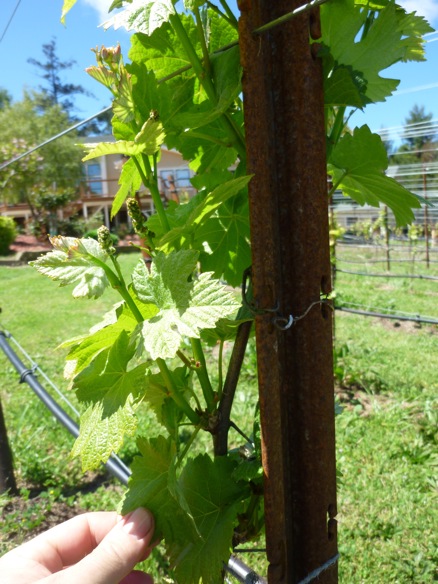 I know….a few weeks ago I was all excited about new buds on the grapevines…..and now I’m going to debud a lot of them….what is going on?
I know….a few weeks ago I was all excited about new buds on the grapevines…..and now I’m going to debud a lot of them….what is going on?